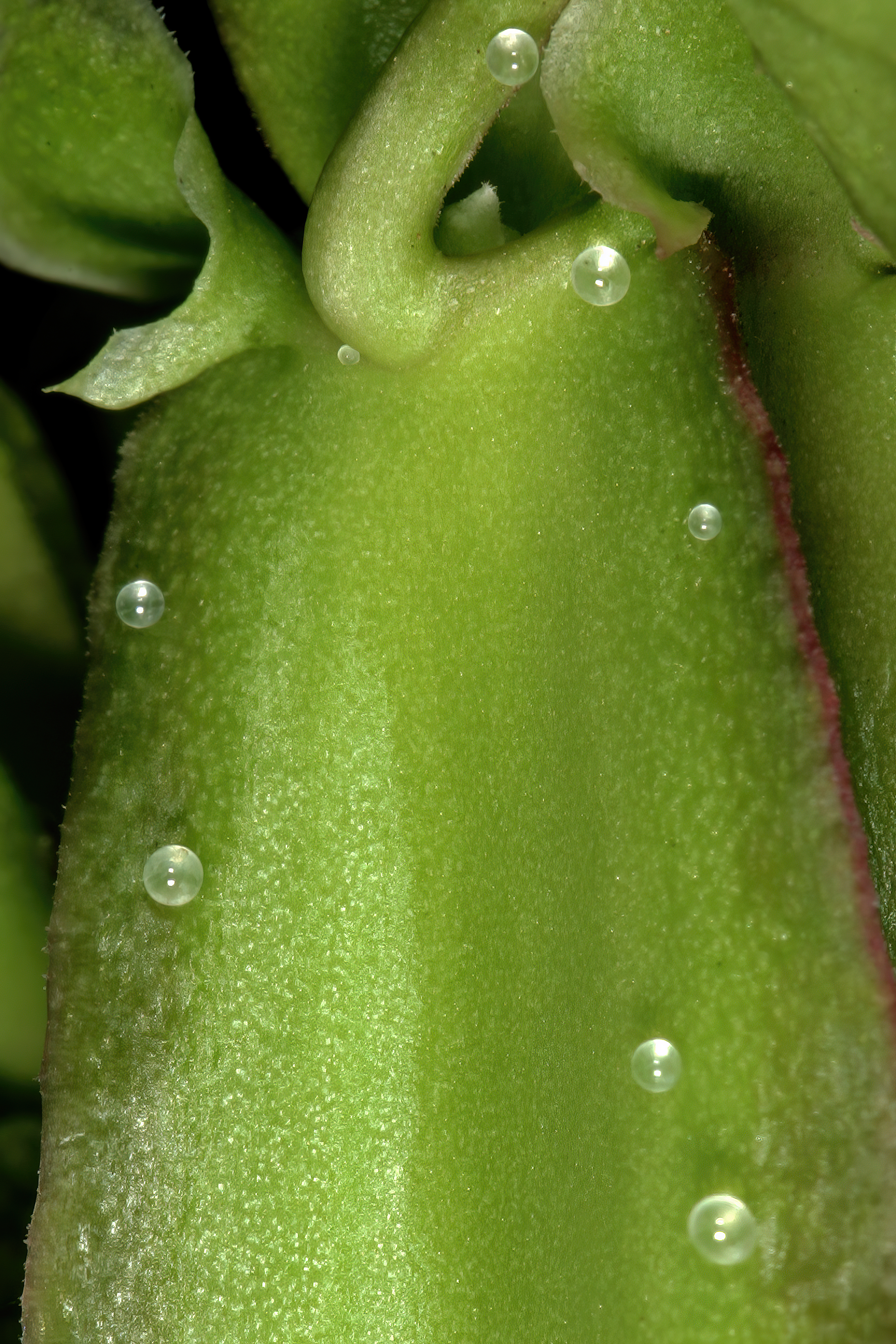Pearl body

 Pearl body refers to the lustrous layer found within the shells of some mollusks, including oysters, mussels, and clams. This substance, also known as nacre, is composed of calcium carbonate in a crystalline form, which the mollusk secretes in response to an irritant or foreign object within its shell. Over time, the accumulation of these layers forms pearls, which are highly valued as gemstones and have been used in jewelry and ornamentation for thousands of years.
Pearl body refers to the lustrous layer found within the shells of some mollusks, including oysters, mussels, and clams. This substance, also known as nacre, is composed of calcium carbonate in a crystalline form, which the mollusk secretes in response to an irritant or foreign object within its shell. Over time, the accumulation of these layers forms pearls, which are highly valued as gemstones and have been used in jewelry and ornamentation for thousands of years.
Formation[edit | edit source]
The process of pearl body formation begins when an irritant, such as a parasite or a piece of debris, enters the mollusk's shell. In response, the mollusk secretes layers of nacre around the irritant. Nacre is made up of microscopic platelets of aragonite (a form of calcium carbonate) and conchiolin (a protein that acts as a form of glue). These layers are deposited continuously over the irritant, eventually forming a pearl. The unique luster of pearls, known as pearlescence, is due to the way light is refracted and reflected by the layers of nacre.
Types of Pearls[edit | edit source]
Pearls can be classified into two main categories: natural pearls and cultured pearls. Natural pearls are formed without any human intervention, while cultured pearls are the result of deliberate actions taken to encourage pearl formation within the mollusk. Cultured pearls can be further divided into freshwater and saltwater pearls, depending on the type of water in which the mollusk lives.
Cultivation[edit | edit source]
The cultivation of pearls, known as pearl farming, involves inserting a nucleus, typically a bead or a piece of mantle tissue, into the mollusk to stimulate the production of nacre. This practice allows for the production of pearls of various sizes, shapes, and colors, depending on the type of mollusk used and the conditions under which it is kept.
Uses and Significance[edit | edit source]
Pearls have been prized for their beauty and rarity for millennia, symbolizing purity, wealth, and wisdom in various cultures. They are used in a wide range of jewelry, from necklaces and bracelets to earrings and rings. Beyond their aesthetic value, pearls have also been ground up and used in cosmetics and medicines, particularly in traditional Asian remedies.
Conservation[edit | edit source]
The demand for pearls, especially high-quality natural pearls, has led to overfishing and exploitation of mollusk populations. This, combined with pollution and habitat destruction, poses a threat to the sustainability of pearl-producing mollusk species. Conservation efforts are focused on sustainable pearl farming practices and the protection of natural habitats to ensure the long-term viability of pearl production.
| This article is a stub. You can help WikiMD by registering to expand it. |
Search WikiMD
Ad.Tired of being Overweight? Try W8MD's NYC physician weight loss.
Semaglutide (Ozempic / Wegovy and Tirzepatide (Mounjaro / Zepbound) available. Call 718 946 5500.
Advertise on WikiMD
|
WikiMD's Wellness Encyclopedia |
| Let Food Be Thy Medicine Medicine Thy Food - Hippocrates |
Translate this page: - East Asian
中文,
日本,
한국어,
South Asian
हिन्दी,
தமிழ்,
తెలుగు,
Urdu,
ಕನ್ನಡ,
Southeast Asian
Indonesian,
Vietnamese,
Thai,
မြန်မာဘာသာ,
বাংলা
European
español,
Deutsch,
français,
Greek,
português do Brasil,
polski,
română,
русский,
Nederlands,
norsk,
svenska,
suomi,
Italian
Middle Eastern & African
عربى,
Turkish,
Persian,
Hebrew,
Afrikaans,
isiZulu,
Kiswahili,
Other
Bulgarian,
Hungarian,
Czech,
Swedish,
മലയാളം,
मराठी,
ਪੰਜਾਬੀ,
ગુજરાતી,
Portuguese,
Ukrainian
Medical Disclaimer: WikiMD is not a substitute for professional medical advice. The information on WikiMD is provided as an information resource only, may be incorrect, outdated or misleading, and is not to be used or relied on for any diagnostic or treatment purposes. Please consult your health care provider before making any healthcare decisions or for guidance about a specific medical condition. WikiMD expressly disclaims responsibility, and shall have no liability, for any damages, loss, injury, or liability whatsoever suffered as a result of your reliance on the information contained in this site. By visiting this site you agree to the foregoing terms and conditions, which may from time to time be changed or supplemented by WikiMD. If you do not agree to the foregoing terms and conditions, you should not enter or use this site. See full disclaimer.
Credits:Most images are courtesy of Wikimedia commons, and templates, categories Wikipedia, licensed under CC BY SA or similar.
Contributors: Prab R. Tumpati, MD


